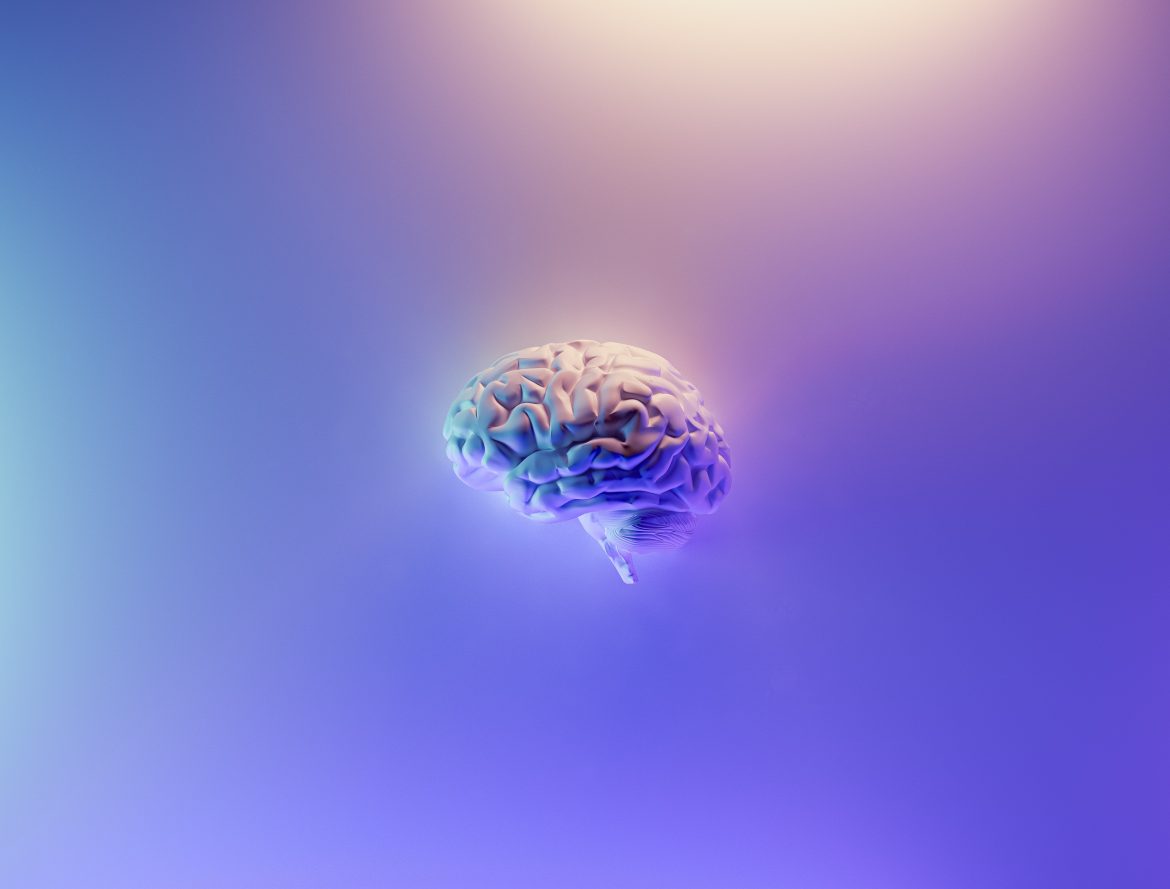Dr. Barry Lord, Psy.D. LMFT (CA.)
That amazing 3-pound, self-aware, sentient sophisticated machinery between your ears is arguably the only organ that counselors rarely consider when treating their clients.
Counselors generally treat behaviors, feelings, perceptions and the client’s history, but rarely if ever the organ itself, nor should they. If they did, it would probably be beyond their scope of practice and training.
Anthropologists generally hypothesize that the brain evolved from chaos to complex order all on its own through natural processes. The human brain is the most amazing object in the entire universe. Because of this, I cannot agree with the chaos to order or “evolutionary theory”. Let’s consider the following:
Did you know….
Your brain produces enough electricity to power a 20-watt light bulb at any one time? According to neurologists who have studied the brain extensively, this amazing and elegantly created organ uses about 20 watts of electricity at any one time, albeit much more efficiently than a light bulb (Kalat, 1998). The surface of the human brain, if laid out flat, would cover about the size of four sheets of paper? A monkey’s brain would only cover about one sheet of paper if laid out flat.
the outer surface of the human brain (neocortex) is thought to be about 1½ inches or about 3 cm thick?
Did you know . . .
The often-quoted statement that says we only use about 10 percent of our brains at any one time, is a myth? This untruth has been quoted for many decades by the less informed and has never been supported by any scientific evidence. The 10-percent usage myth was probably started from misquotes of Albert Einstein and others in the medical research community of the 1800s and early 1900s (Kalat, 1998).
That there are over 100 billion neurons that fulfill a specific plan and structure in the brain? These parts are interdependent and yet work together in incredible harmony. The miracle that is our brain, is not necessarily the parts as much as it is how it talks to itself.
The central nervous system (CNS) is made up of two kinds of brain cells? They include neurons and much smaller “glial cells”. Neurons constitute about half the volume of the CNS and glial cells make up approximately the other half.
Glial cells are very important because they provide support and protection for the neurons. Glial cells surround neurons and it has been argued they hold the neurons in place. They supply nutrients and oxygen to the neurons, insulate them from each other and remove the remains of neurons that have died (Solfka, 2016). You brain is constantly creating and organizing new brain neurons (Nursing, 2015).
Did you know…
The ratio of glia cells to nerve cells in the brain is about 3 to 1? Even though glial cells have multifaceted processes, they are generally smaller than neurons and lack the axons and dendrites that we associate with the neurons they service (Solfka, 2016). Dendrites in neurons enable information, in the form of chemical neuro transmitters, to pass from one cell to another.
Did you know . . .
Your brain cells poop? Yep, every organ in the body has to expel waste. In other words, all living structures that take in energy, give off waste. This waste elimination process is what researchers have dubbed the “glymphatic system”, because glial cells are an important part of the process, they pump fluid along the outside of blood vessels, literally flushing cell waste away (Brice, 2012).
The entire brain is constructed with purpose and symbiosis? Each part has a structural purpose and all its parts are interdependent.
Since the 1970s, our knowledge of the brain has increased exponentially; it is akin to coming out of the Dark Ages. With the advent of brain imaging machines (FMRIs), neurologists have begun watching the brain in action.
We can see in real time what happens when someone is asleep, awake or angry, depressed, anxious and, yes, when a person is happy or industrious (Michio, 2014). From that we can determine what the brain’s different parts actually do.
In 1985, scientists at the University of California at Berkeley published structural studies of slices of Einstein’s brain. After counting the different cells in the tissue, researchers discovered the only difference between Einstein’s brain and the brain samples of other deceased doctors in the study was that Einstein had a greater ratio of glial cells to neurons (Hopper, 2007). Scientists are currently studying if intelligence has a correlation to the ratio of glia cells to neurons in the brain.
As I previously said, the miracle of the human brain is not its parts but rather how it talks to itself. The more I study this amazing and complex organ, the more I am stunned by its beautiful design and the loving grace of its designer. This unique organ is the wonder of the universe and cannot be simply explained away through (chaos to order) evolutionary processes.
References:
• Brice, M. (2012). Scientists explain how the brain cleans itself. Medical Daily.
• Hooper, J. and Sample, I. (2007). Brain cells clue to genius of Einstein. The Guardian.
• Kalat, J. W. (1998). Biological Psychology, 6th edition. Pacific Grove: Brooks/Cole Publishing Co. (p. 43.)
• Michio, K. (2014). The scientific quest to understand enhance, and empower the mind. The Future of the Mind. Doubleday: New York.
• Nursing Assistant Central (2015). 100 interesting facts that you never knew about the brain.
• Sofka, Meredith (2016). Glial Cells. Retrieved from https://www.thinglink.com/scene/852255702234693634

